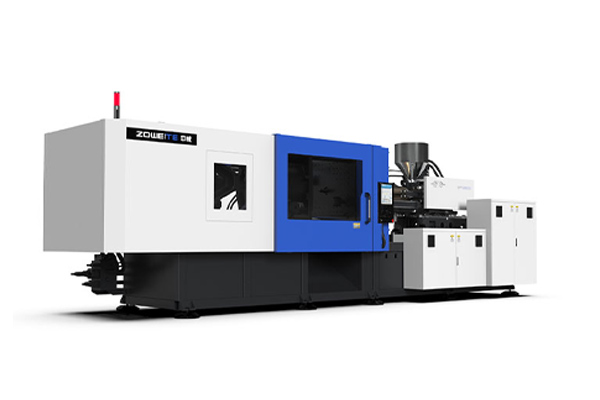Defects and improvement of injection molding
2023-07-18
Injection molding is a widely used manufacturing process for producing a variety of plastic parts. However, like any manufacturing process, it is not without its drawbacks. Defects can occur during injection molding that affect the quality of the finished product. Fortunately, improvements and advancements have been made in the process to reduce the occurrence of these defects and improve the overall quality of the product.
One common defect that can occur during injection molding is warpage. Warpage happens when different areas of the part cool at different rates, causing uneven shrinkage and distortion. Advanced software and process controls can now be used to predict and prevent warpage before the part is even molded.
Another defect is sink marks, which occur when the surface of the part sinks inwards due to uneven cooling. This is often caused by thick sections in the part design. Through simulation and advanced tooling designs, sink marks can be minimized or eliminated.
Flash and burrs are also common defects that can occur during injection molding. Flash is excess material that protrudes from the part edges, while burrs are sharp edges left on the part. These defects can be reduced by optimizing the mold design and process conditions.
Finally, filling issues can cause defects such as short shots, where the part is not completely filled, and overpacking, where too much material is injected. Advanced sensors and monitoring systems are now available to detect and correct these issues in real-time.
One common defect that can occur during injection molding is warpage. Warpage happens when different areas of the part cool at different rates, causing uneven shrinkage and distortion. Advanced software and process controls can now be used to predict and prevent warpage before the part is even molded.
Another defect is sink marks, which occur when the surface of the part sinks inwards due to uneven cooling. This is often caused by thick sections in the part design. Through simulation and advanced tooling designs, sink marks can be minimized or eliminated.
Flash and burrs are also common defects that can occur during injection molding. Flash is excess material that protrudes from the part edges, while burrs are sharp edges left on the part. These defects can be reduced by optimizing the mold design and process conditions.
Finally, filling issues can cause defects such as short shots, where the part is not completely filled, and overpacking, where too much material is injected. Advanced sensors and monitoring systems are now available to detect and correct these issues in real-time.
Overall, improvements in injection molding technology and software have greatly reduced the occurrence of defects and improved the quality of plastic parts. With customized design solutions and advanced manufacturing techniques, injection molding continues to be a reliable and efficient process for producing high-quality plastic parts.





